25 February, 2021
Thyroid healing naturally: What you need to consider

Nearly 30 million Americans — almost 10% — have a thyroid disorder.
This is an astounding number!
In fact, thyroid disease is far more common than diabetes, heart disease, and breast cancer, and more Americans suffer from thyroid disease than all types of cancers combined.
Yet more than half of all thyroid disorders remain undiagnosed and untreated. Even if there is a diagnosis of thyroid disease we are often only offered medication as the solution. While medication can definitely help and be necessary, ultimately we have to understand that meds don’t address the cause of the thyroid issue.
It’s no wonder that so many of our clients are struggling with thyroid issues… whether they know it or not when we first start working together! Even if they come to us on thyroid medication they are often still suffering from symptoms.
Though thyroid issues — and so the path to healing — will look very different for each person, it’s important to have a basic understanding of how the thyroid gland works and the other body systems that influence it. This is essential for healing.
So in this blog post, we’re demystifying thyroid dysfunction and healing:
- What is the thyroid?
- Thyroid hormones explained
- Understanding the HPT axis
- Common symptoms of thyroid dysfunction
- 5 key considerations for natural thyroid healing
What is the thyroid?
Your thyroid is a small, butterfly-shaped gland at the base of the front of your neck, along the front of your windpipe. When the thyroid is normal in size, you can’t feel it.
The thyroid is responsible for producing several hormones that influence metabolism, growth and development, body temperature, and more. Yes, it’s an extremely important gland!
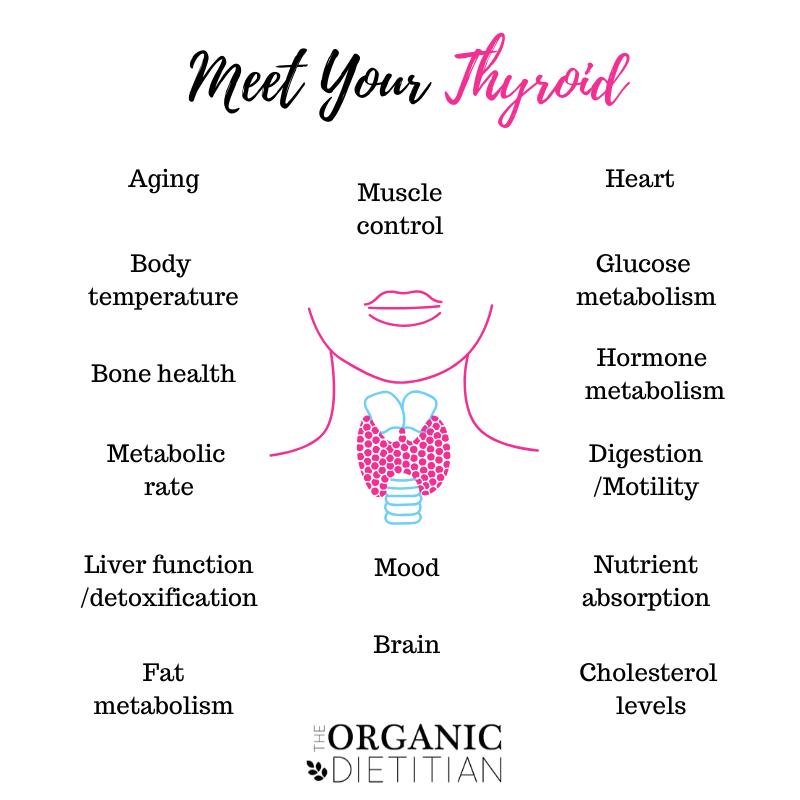
Thyroid hormones explained
Thyroxine (T4)
T4 is produced in the thyroid gland and responsible for your metabolism, mood, and body temperature.
Triiodothyronine (T3)
Like T4, T3 is made in the thyroid gland. However, it can also be made in other tissues within the body by converting T4 into T3.
T3 is at the center of your digestive and metabolic function, and is also critical for bone health.
Thyroid stimulating hormone (TSH)
As its name suggests, TSH stimulates the production of T3 and T4. Without TSH, the thyroid system would fail.
Understanding the HPA Axis
We can’t discuss the thyroid or thyroid healing without also discussing the HPA axis, yet it’s an often forgotten part of the equation!
“HPA axis” stands for “hypothalamus, pituitary, and adrenal axis.” Like the thyroid, the hypothalamus and pituitary are glands. While the thyroid is located in the neck, these glands are located in the brain.
All three glands work in tandem: the hypothalamus and pituitary send hormone signals to the thyroid gland. Not surprisingly, then, the HPA axis must be working properly for the thyroid to be working properly.
Grab our 15 Ways to Support Your Adrenals Guide
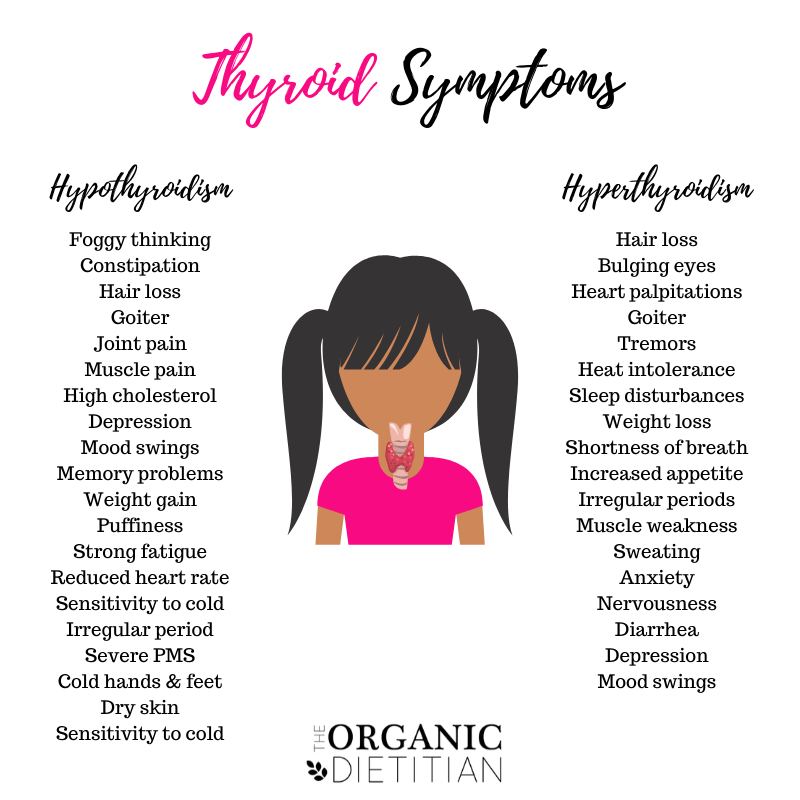
Symptoms of thyroid dysfunction
Some individuals with thyroid dysfunction may notice that their neck looks enlarged, or feel a lump on their neck.
But most symptoms of thyroid dysfunction are subtle and easily confused with other health conditions. This is why proper testing is essential.
Outside of getting a full thyroid panel via blood work we also like to use Hair Tissue Mineral Analysis (HTMA) testing to help assess minerals with all of our clients. Minerals can highly impact thyroid function. It isn’t enough to just assess individual minerals but we also want to make sure they are in balance.
For example, calcium can slow the thyroid down and potassium can speed it up. So if you have too much calcium but not enough potassium to balance it out you can have a sluggish thyroid (hypothyroid). On the flip side if you have too much potassium and not enough calcium you can have a fast thyroid (hyperthyroid).
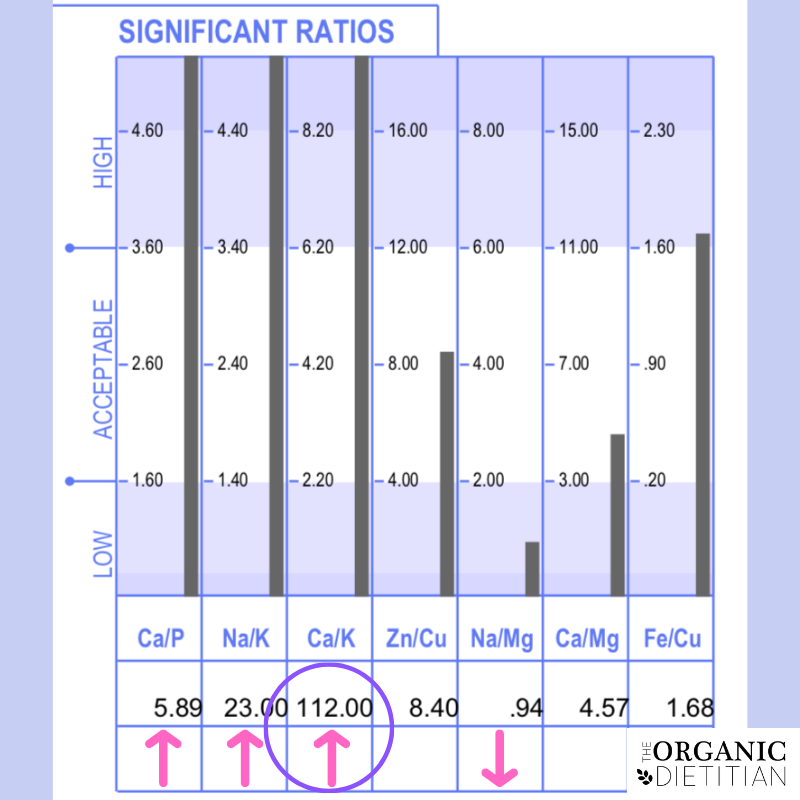
Common symptoms of an overactive thyroid or hypothyroidism:
- Feeling hot
- Excessive sweating
- Feeling nervous or jittery
- Increased bowel movements
- Rapid heart rate
- Unexplained weight loss
- Fatigue
- Difficulty concentrating
- Irregular or very light menstrual flow
Common symptoms of an underactive thyroid or hypothyroidism:
- Fatigue
- Unexplained or stubborn weight gain
- Mental fogginess or forgetfulness
- Depression
- Feeling cold
- Constipation
- Dry skin
- Fluid retention
- Vague aches and pains
- Joint or muscle stiffness
- Excessive menstrual bleeding
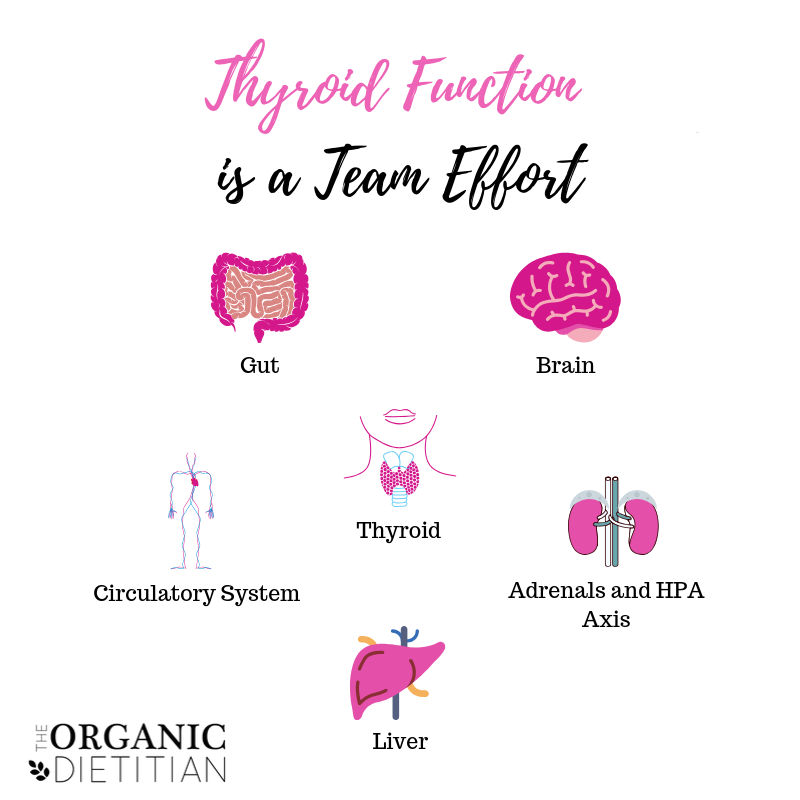
5 key considerations for natural thyroid healing
If you ignore these other systems you are missing a big area of opportunity! This is something I see happening all too often.
Stress and the thyroid
Under stress, cortisol can inhibit TSH (thyroid stimulating hormone) and reduce T4 thyroid hormone. Cortisol can also interfere with the conversion of T4 (inactive) to T3 (active) thyroid hormones.
Liver function and the thyroid
Your liver produces TBG (thyroid binding globulin) which can bind with T4 and T3 to help transport these hormones throughout the bloodstream.
The liver is also the primary location where you convert T4 into T3, in fact about 60% of the conversation happens in the liver.
Related article: Keep Your Liver Health with these 5 Support Tools
The circulatory system and the thyroid
Your circulatory system helps to carry T4, T3 and reverse T3 to your cells and tissues.
Gut health and the thyroid
You know I love gut health and can’t talk about anything related to health without addressing the gut!
Healthy gut bacteria assists in converting inactive T4 into the active form of thyroid hormone, T3. In fact, about 20% of T4 is converted in the GI tract using an enzyme called intestinal sulfatase which comes from healthy gut bacteria.
Inflammation in the gut can also decrease T3.
It’s key to note that people with poor gut function may have thyroid symptoms but normal lab results.
Related article: Beyond Probiotics: 10 Key Factors in Healing Your Gut
Chronic inflammation and the thyroid
Chronic inflammation can interfere with the conversion of T3 to T4, and TSH production.
For this reason, it’s important to calm inflammation as much as possible by addressing the root causes. Chronic inflammation is most typically caused by an imbalance diet, poor gut health, toxins and low-grade infection (in the gut, gums, or elsewhere).
Related article: 4 Root Causes of Chronic Inflammation
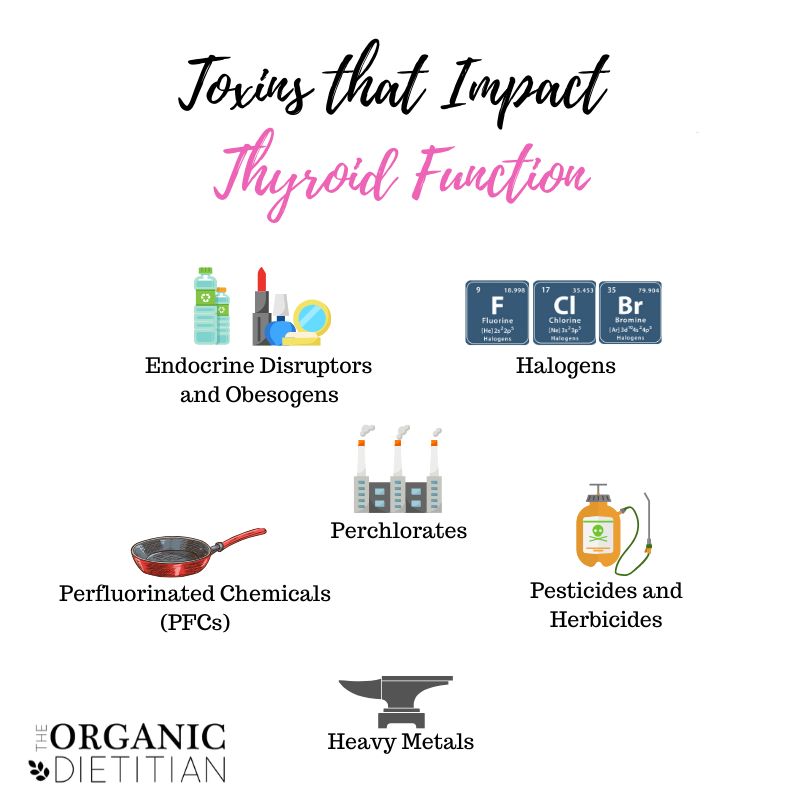
Let’s keep the conversation going in the comments!
Do you have a diagnosed thyroid disorder?
If not, do any of the common symptoms look familiar to you?
Have you considered these five key factors when it comes to thyroid healing?
Any questions?
Please be sure to leave a comment so we can continue supporting you in your health journey!




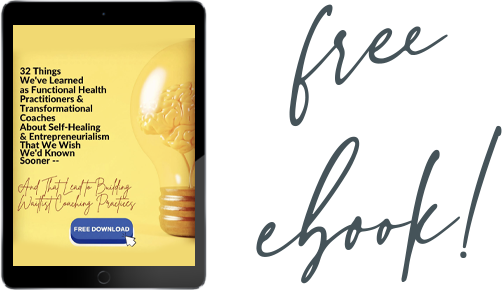





Will going gluten free help lower thyroid levels?
Gluten can mimic the proteins found in the thyroid so yes gluten can be not a great thing for the thyroid. But it is only one small step to take. There is much deeper healing that needs to happen.